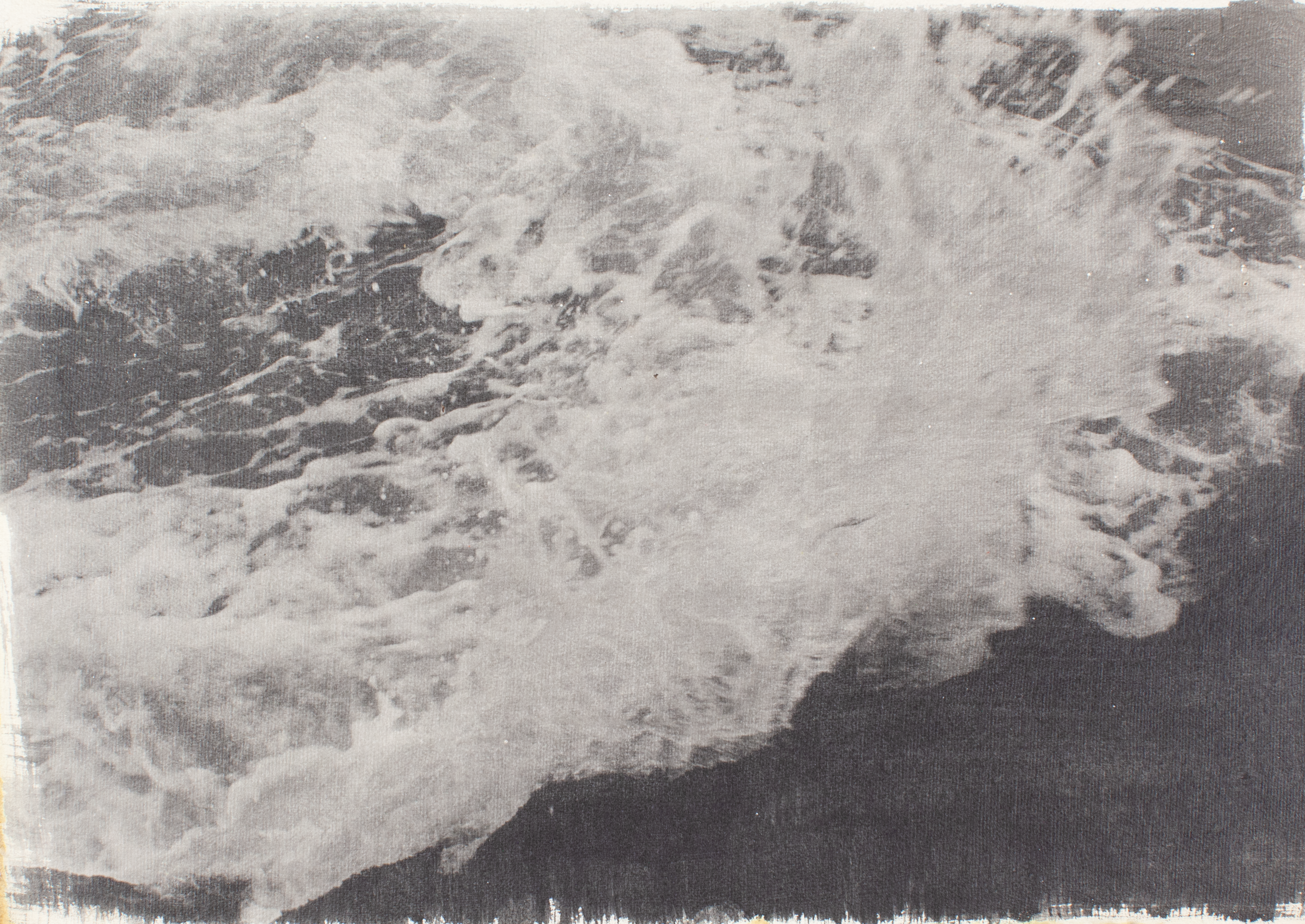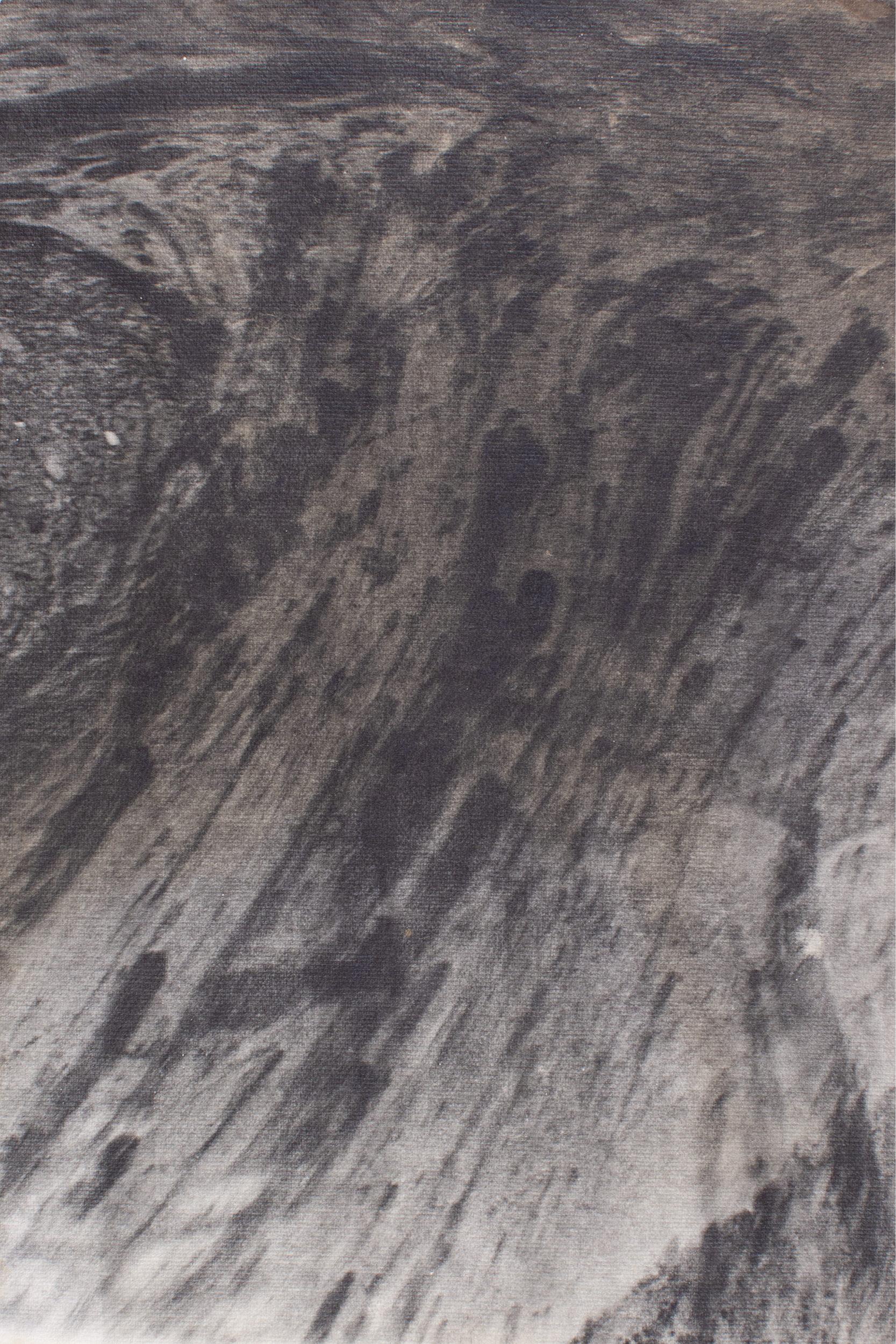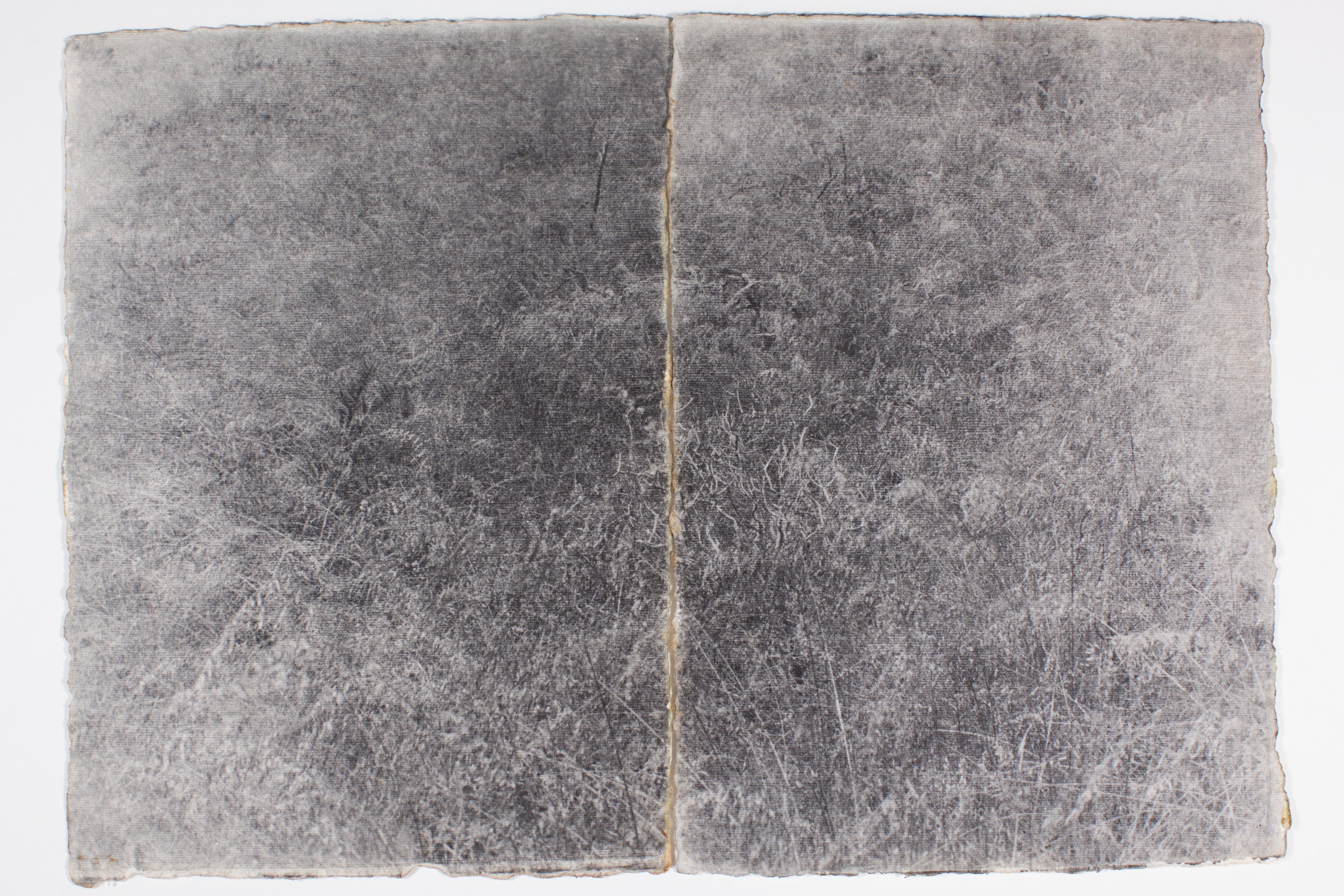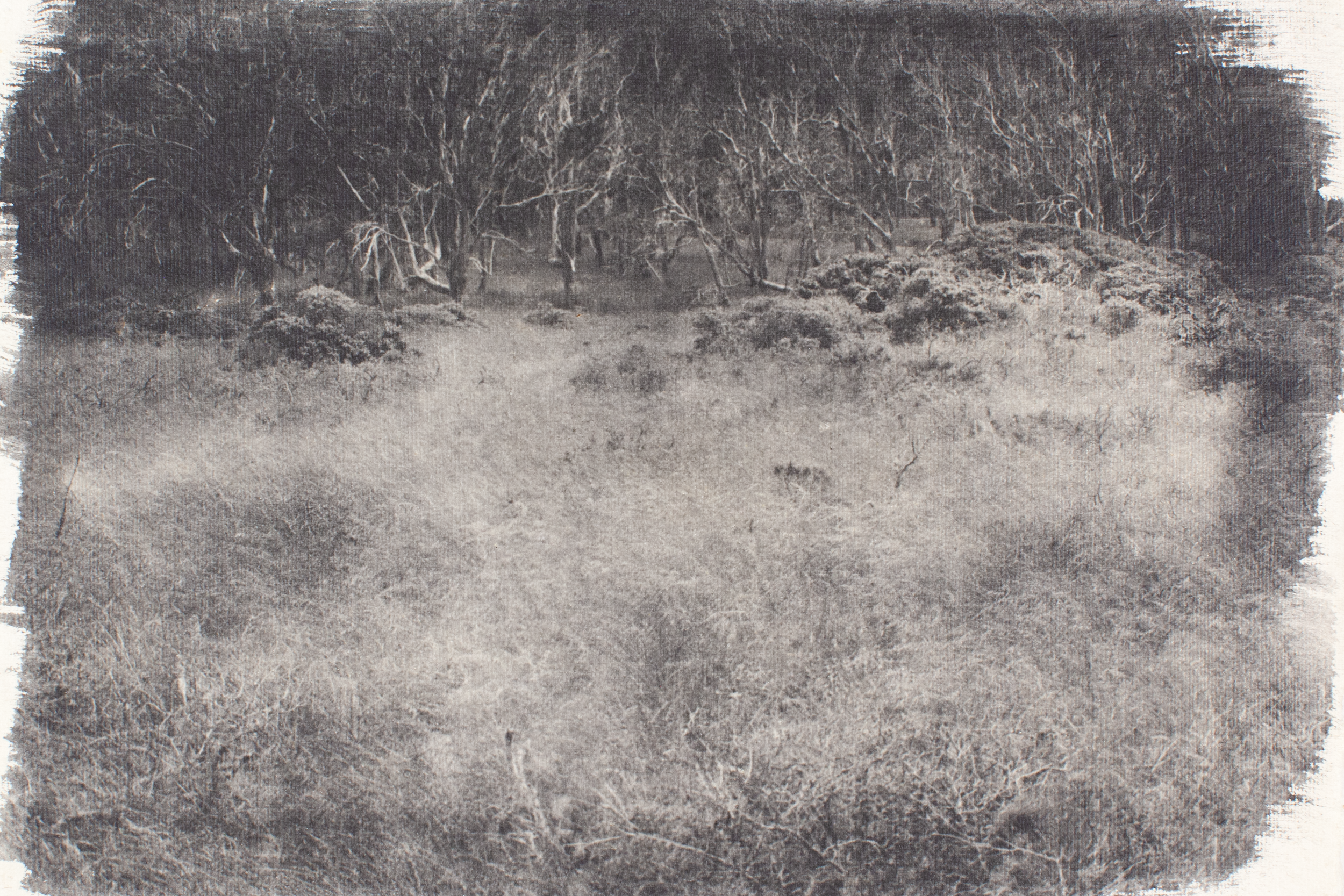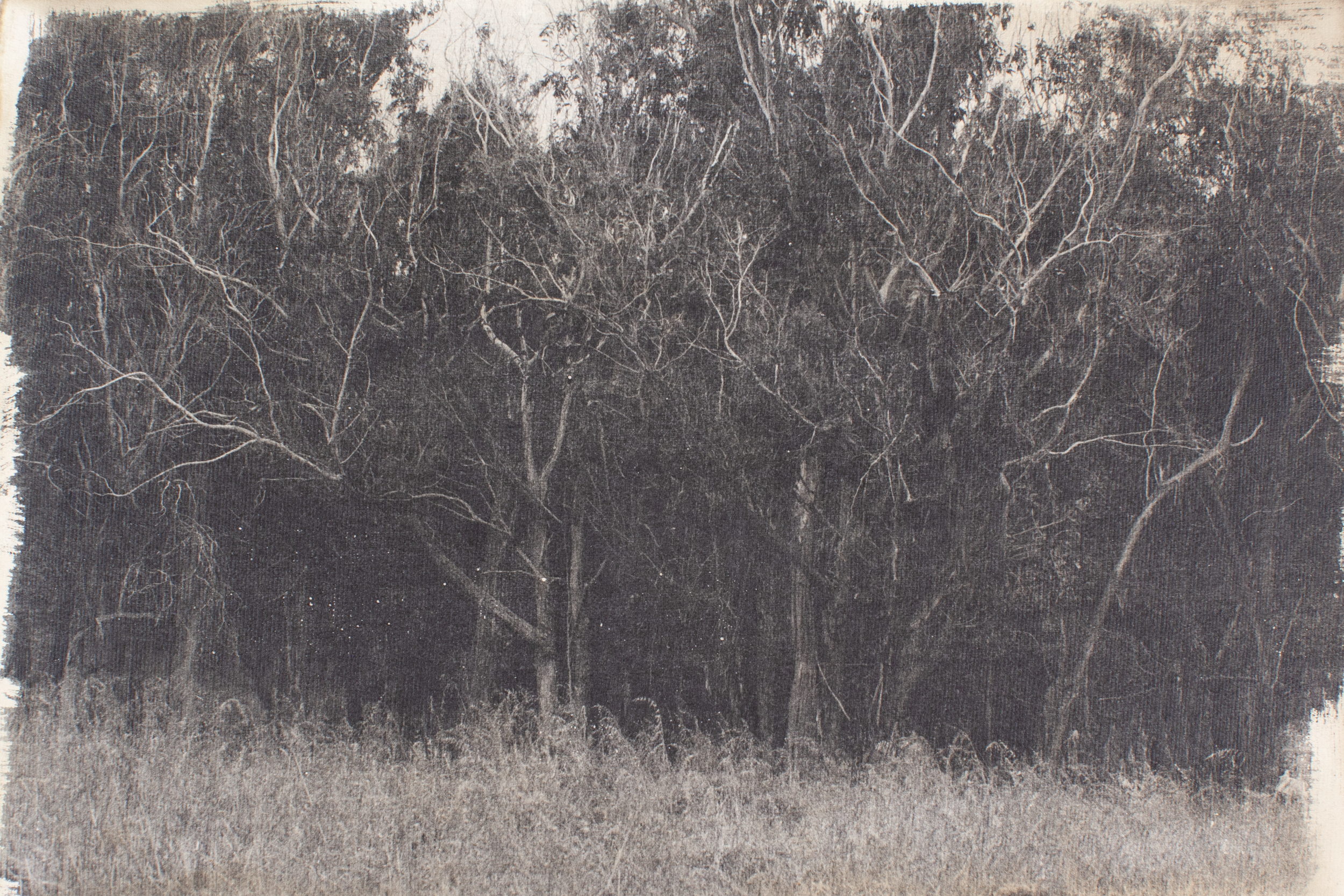
Presley Yang
Static Flow
Nov 10, 2025
Presley is a Taiwanese photographer based in Los Angeles, California, where he also completed his photography studies. He approaches photography as a tactile and transformative medium, with a particular focus on alternative photographic printing processes that play a central role in his practice.
In his series Static Flow, Presley contemplates the ever-changing nature of the natural world. Each image, depicting a moment in nature, is also a singular, handcrafted object that continues to evolve over time—shifting in response to humidity, light, and other environmental conditions. Through this process, Presley reminds us that everything in the universe exists in a state of perpetual flow.
First of all thank you very much for your contribution to our project. Can you please introduce yourself for us?
I am from Taiwan and currently based in Los Angeles, California. I studied Photography and Media at the California Institute of the Arts, where I began exploring alternative photographic processes in the darkroom. I currently work as a Digital Imaging Technician, specializing in the digitization of cultural heritage materials such as film, photographic prints, and historical documents. Alongside this work, I continue to develop my own art practice.
How did you start in photography?
When I was young, I was drawn to painting and fascinated by the freedom it offered for self-expression. I was also captivated by film and once dreamed of becoming a director, which eventually led me to explore photography. In my final year of high school, I discovered my father’s old Canon AE-1 in a closet - a moment that marked the beginning of my journey with analog photography.
During college, I realized that photography resonated with me more deeply than painting or filmmaking. It became something deeply personal and introspective, a way to reflect my inner world rather than merely depict the external one.
What is ‘Static Flow’ about?
This series evokes the intangible, ever-changing qualities of nature by embracing the photograph as a fragile, evolving surface. Hand-coating liquid emulsion onto delicate handmade paper embedded with organic matter allows the material’s own textures and imperfections to shape the image. As the paper absorbs and distorts the emulsion, each photograph becomes a living object - one that resists permanence and mirrors the shifting rhythms of the natural world. Over time, the works may stain, fade, or warp, continuing a quiet dialogue with humidity, light, and air. Through this process, the series reveals photography’s paradox: its ability to suspend time, yet remain fluid and perpetually in flux.
In general, what inspires your work?
I find inspiration in everyday experiences - reading, cooking, listening to music, tasting different kinds of food and tea, or simply observing the textures and sensations around me. Anything that sharpens my sensitivity to the world can become part of my creative process.
We can see that you work with alternative processes, what is your motivation behind this?
My motivation for working with alternative photographic processes comes from a desire to connect more deeply with the physicality of the medium. Hand-coating, mixing chemicals, and working with paper by touch allow me to slow down and embrace imperfection and unpredictability. These tactile methods make each image unique and alive, echoing the natural changes and rhythms that I explore throughout my work.
Who are your favourite photographers / artists?
Two artists who have inspired me the most are Hiroshi Sugimoto and Jungjin Lee. I am especially drawn to Sugimoto’s Seascapes, Lightning Fields, and Theatres series, in which he captures time, eternity, and the origins of nature within moments of profound stillness. What draws me to Lee’s work is her sensitivity to material and texture, and the way her photographs feel both physical and spiritual. Both artists reveal how photography can move beyond representation - becoming a meditation on philosophy, perception, and the delicate boundary between image and mind.
What is your favourite photo book?
One of my favorite photo books is Jungjin Lee's “Voice”.
Thank you very much for your time and contribution to analog magazine.
Thank you!
All images © Presley Yang





